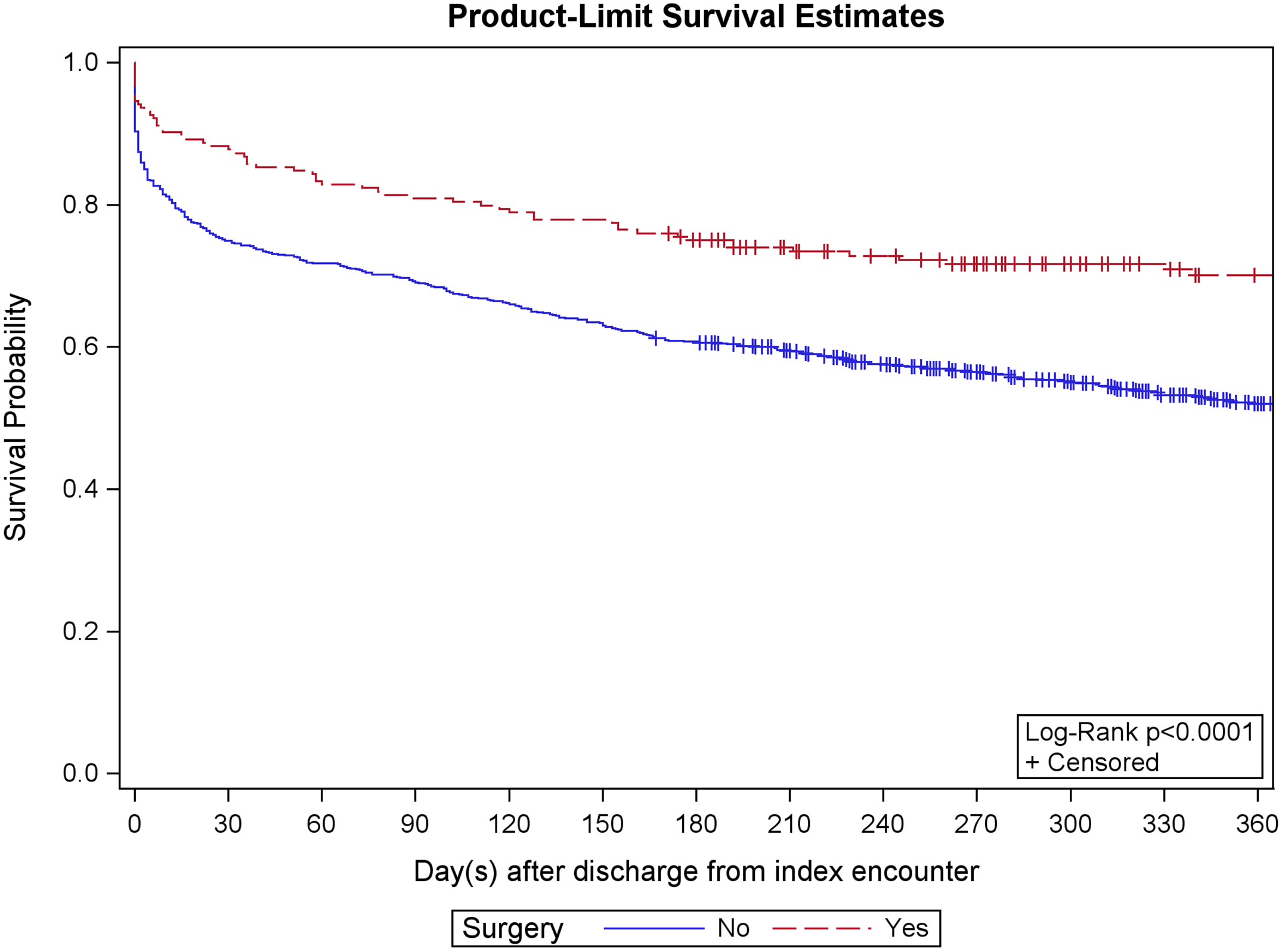In a new study in JBJS, investigators found that surgical intervention “may confer a survival benefit” in elderly patients with dementia who sustain a type-II odontoid fracture. “A surgical procedure may be an appropriate treatment strategy for individuals with dementia whose life-care goals include life prolongation and maximizing quality of life in the short term following an injury,” the authors concluded.
The study by Schoenfeld et al. is available at JBJS.org:
As the authors point out, the incidence of odontoid fractures has increased in recent years. These fragility fractures can contribute to functional decline, loss of independence, and mortality, with elderly patients with dementia at greater risk of developing these fractures and having a higher likelihood of inferior outcomes regardless of treatment. “At present,” write the authors, “there has been limited information to support robust shared decision-making with regard to clinical results and the care trajectory of patients with dementia who sustain odontoid fractures.”
The investigators used Medicare claims data from 2017 to 2018 to identify community-dwelling patients with dementia who had sustained type-II odontoid fractures. A total of 1,030 patients with a median age of 86.5 years were included in the retrospective study; 60.7% of the patients were female and 90% were White.
Highlights of the Findings
Among the cohort, 204 patients (19.8%) were treated operatively, while 826 (80.2%) received nonoperative care.
Survival estimates showed that those who received surgical treatment were significantly less likely to die within 30 days (10.8% vs 23.6%; p < 0.001), 90 days (18.6% vs 29.9%; p < 0.002), and 180 days (24.0% vs 39.1%; p < 0.001) compared with those who received nonoperative care.
In the adjusted analysis, patients treated operatively had a 28% lower hazard of mortality (HR, 0.72 [95% CI, 0.53 to 0.98]; p = 0.04). However, patients who underwent surgery had higher odds of delirium (OR, 1.64 [95% CI, 1.10 to 2.44]; p = 0.02).
Adjusted analysis found that the odds of hospice admission did not differ significantly between operative and nonoperative treatment. The odds of nursing home admissions or intensive interventions also did not differ significantly between surgical and nonoperative care.
The authors concluded that, among elderly patients with dementia who experience a type-II odontoid fracture, “surgical intervention may confer a survival benefit and optimize the chance for functional recovery and return to preinjury environments of care, including the patient’s home.”
The investigators caution that their results should not be used as definitive recommendations, but the findings, they say, may help in shared decision-making discussions. “The ultimate treatment method should be tempered to the clinical context and informed by patient and family care goals.”
Access the full study at JBJS.org:
Interested in other spine content? Explore JBJS content by subspecialty: What’s Trending in Spine at JBJS.org



